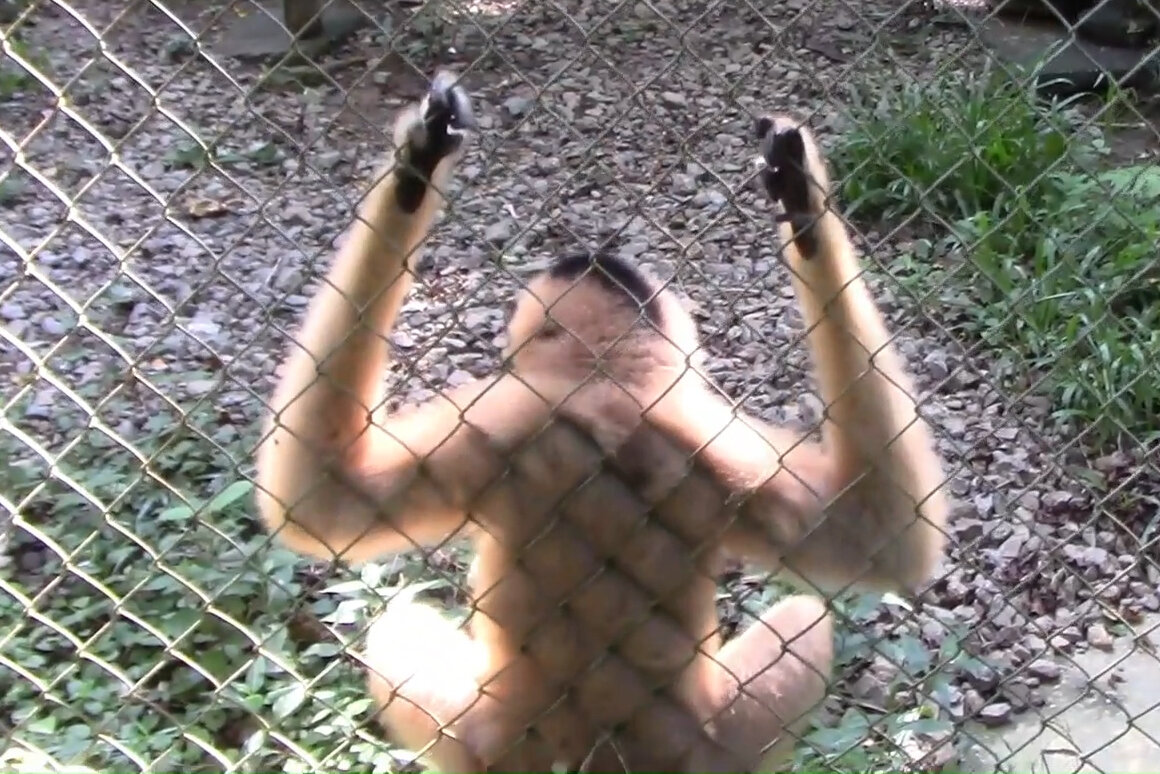Gibbons move with rhythm and intention. Dare we say style?
It’s not twerking. It’s not salsa or breaking. You might put it somewhere between vogueing and the robot. Whatever you want to call it, the distinctive performance style of a female gibbon is a dance, researchers say.
Kai Caspar, a zoologist at Heinrich Heine University Düsseldorf in Germany, and colleagues analyzed the stylized movements of certain gibbons. They found that the key characteristics of human dance are also present in the gibbons’ choreography. The findings have been posted online ahead of publication in the journal Primates.
Gibbons are long-armed apes that live in Asian tropical forests. Dr. Caspar became interested in their dancing when he was trying to learn how gibbons in zoos responded to a mirror. The apes didn’t show recognition of their reflections — but they did show off their moves.
“The body becomes stiff, and then these robot-dance-like movements commence,” Dr. Caspar said.
Earlier research had described hundreds of dances by four wild female gibbons in China. The gibbons were living in groups that each had two females but only one adult male. Peering up into the treetops, the researchers saw the females seeming to use dance to solicit their male’s attention. That male sometimes reacted to dances by grooming the female, or mating with her.
To study dances in more gibbon species, Dr. Caspar teamed up with Camille Coye, a primatologist at the Institut Jean Nicod in Paris, and Pritty Patel-Grosz, a linguistics professor at the University of Oslo who studies dance and gesture.
Dr. Patel-Grosz said they defined dance as an intentional movement that’s rhythmic and doesn’t serve a physical purpose, like walking or scratching an itch does.
